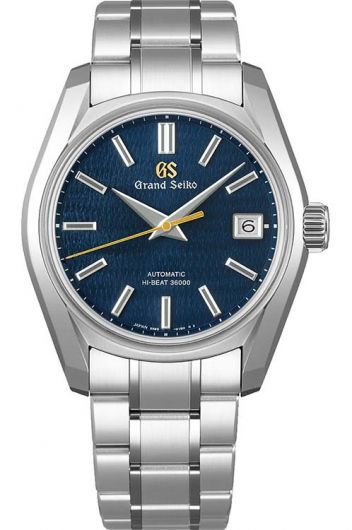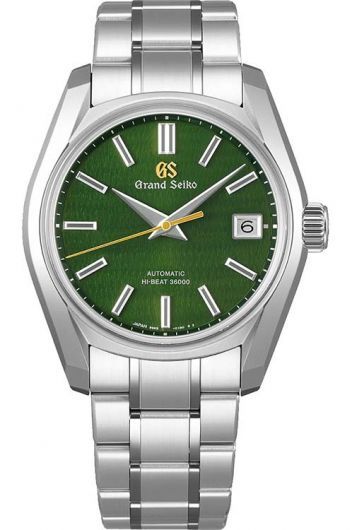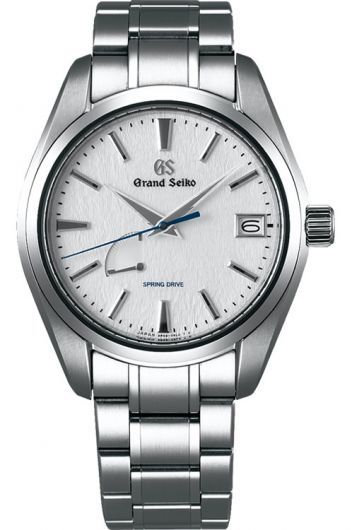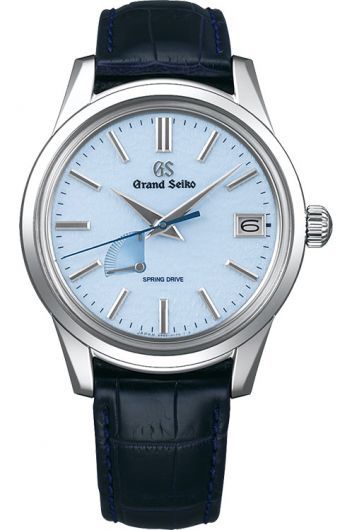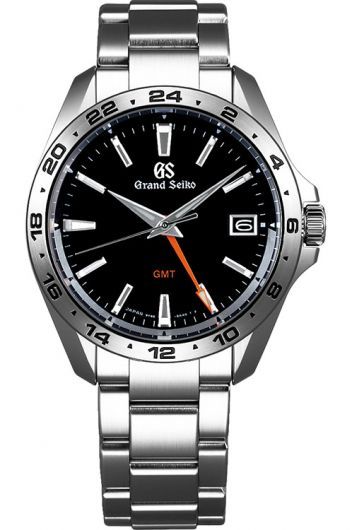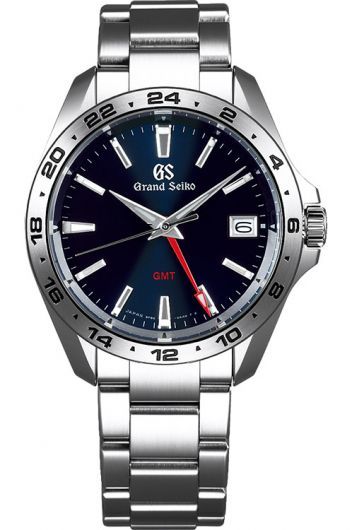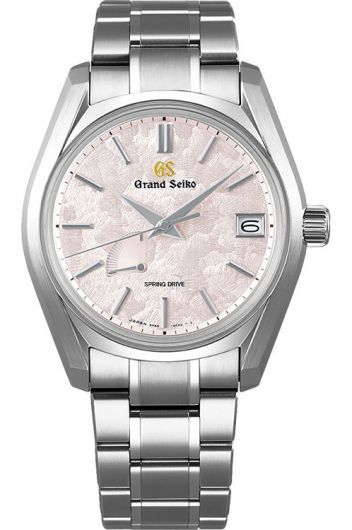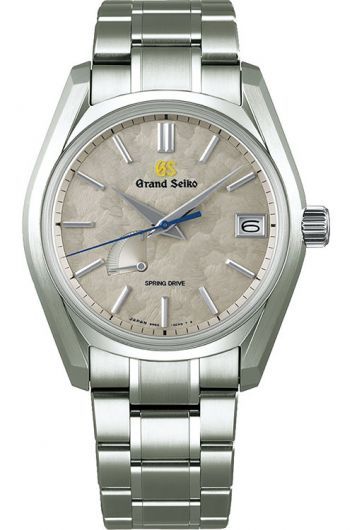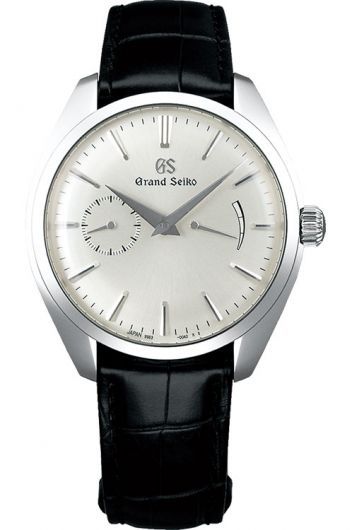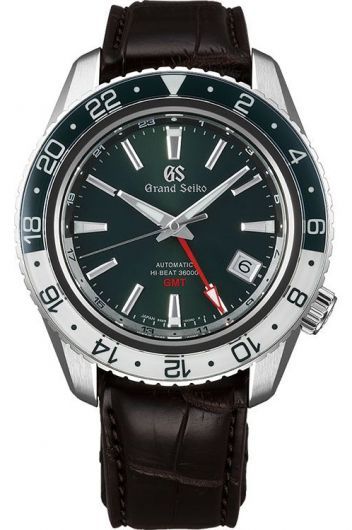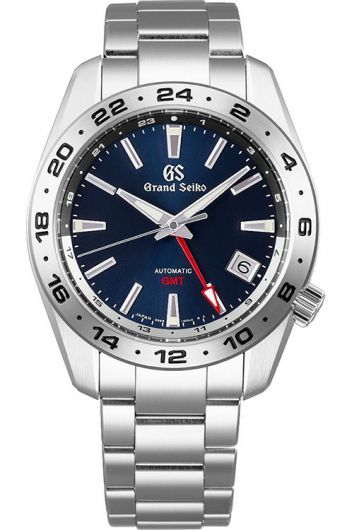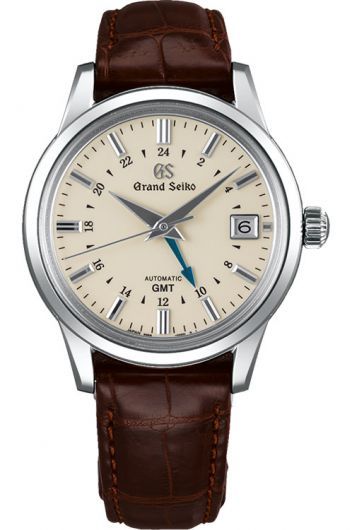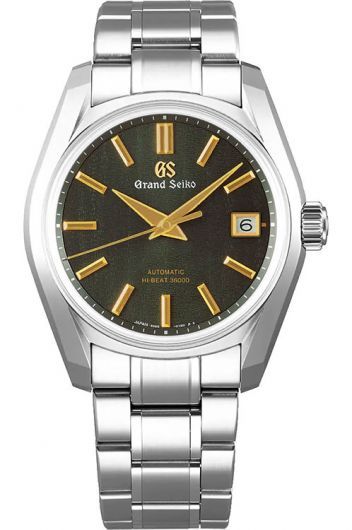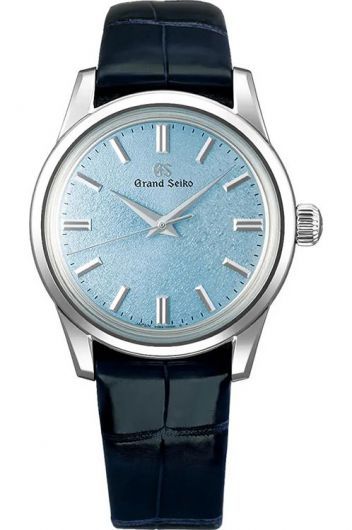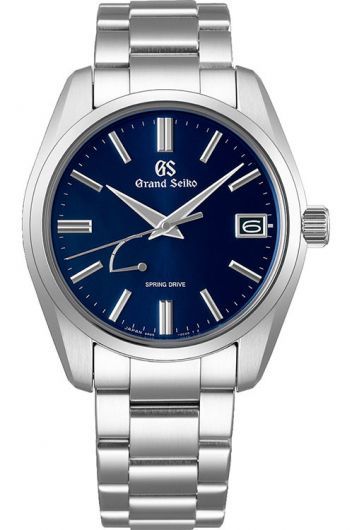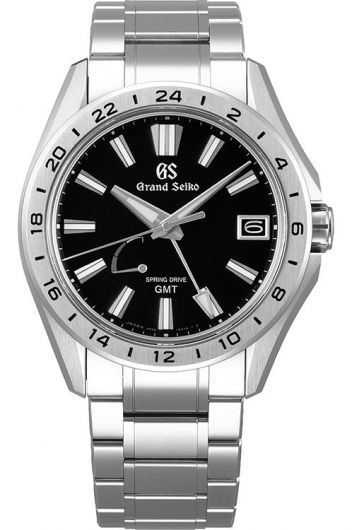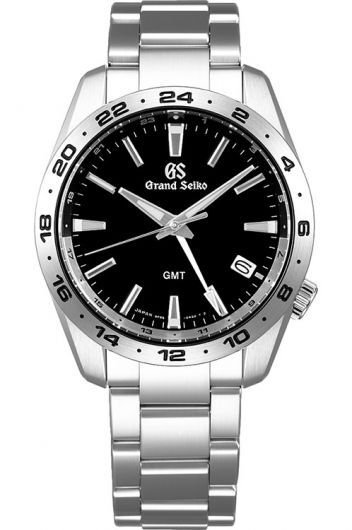Trending Articles from The Watch Guide
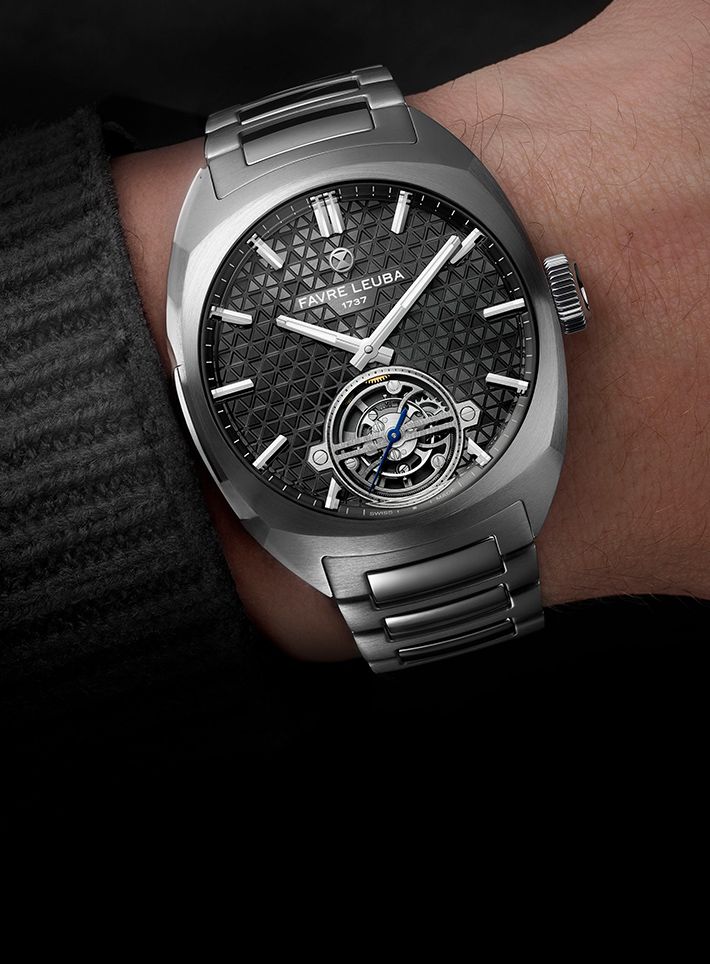
Introducing The First-Ever Tourbillon From The House Of Favre Leuba
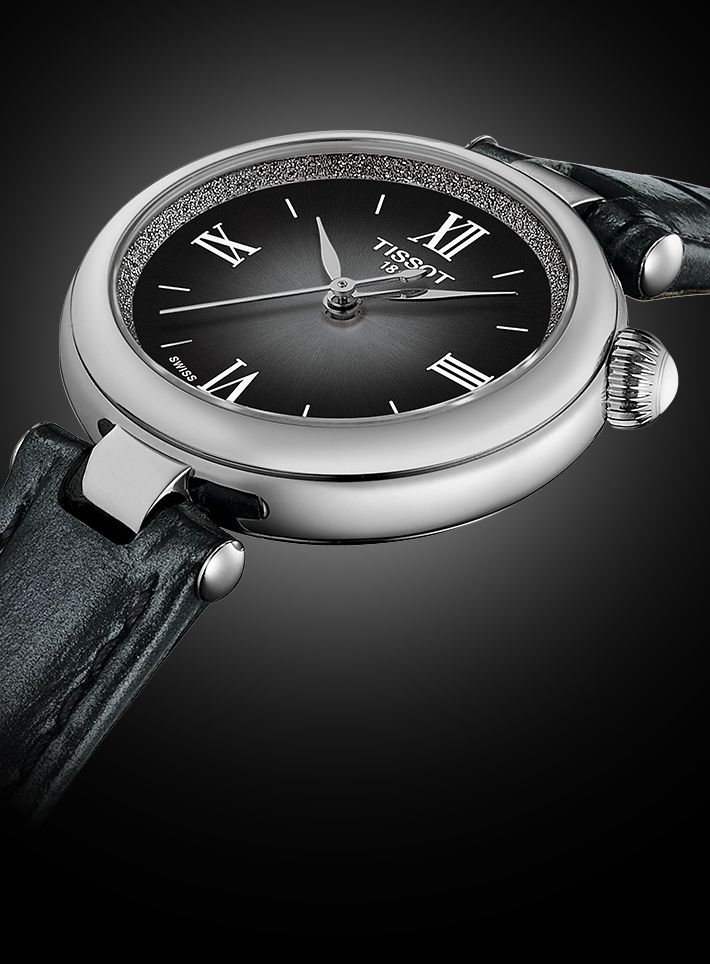
A Closer Look At The Dainty Tissot T-Lady Desir

Fast Forward To History: Presenting The Maurice Lacroix 1975 Collection

New Top Time And A New Ambassador For Breitling: Austin Butler, The Face Of Top Time B31
Emerging from the Seiko family, the brand were introduced in 1960 with a clear ambition to create a watch that combined precise functionality, exceptional beauty, and remarkable durability. Over time, Grand Seiko have evolved into a brand that offer timepieces far removed from the world of mass production and consumerism, showcasing the highest level of Japanese craftsmanship. While Seiko remains well-known globally for their wide range of accessible timepieces, Grand Seiko caters to a niche, cultivating a cult-like following that recognises and appreciates the fine details that elevate these watches beyond the ordinary.
What makes Grand Seiko truly special are the brand’s ability to merge traditional watchmaking practices with innovative technology, underpinned by a philosophy of ‘Japanese beauty’—a harmony of form and function. The meticulous approach to design and assembly has earned Grand Seiko a reputation for precision and sophistication. From the beginning, the brand have focused on delivering the highest standards of craftsmanship, with every piece being a testament to the expertise of the artisans, known as ‘Takumi,’ who bring these creations to life. One of the most notable innovations in the brand’s history is the Spring Drive movement, which was introduced in 1999. This groundbreaking movement combines the precision of a mechanical watch with the accuracy of a quartz timepiece, achieving a level of timekeeping accuracy that is unparalleled. The Spring Drive technology has become a hallmark of Grand Seiko, and the brand continues to refine and enhance it. Another milestone in the brand’s history was the introduction of the Grand Seiko mechanical calibres, which offer precision and power reserve capabilities that rival those of the finest Swiss movements. In 2017, Grand Seiko were established as an independent brand, marking a significant step in its evolution and solidifying its status as a luxury timepiece manufacturer.
The brand has also gained recognition for their high level of craftsmanship and finishing techniques, which are evident in every timepiece. The Zaratsu polishing technique, which produces a mirror-like finish, and the meticulous hand-finishing of each component are just some of the elements that set Grand Seiko apart. These achievements have earned the brand a loyal following among collectors and enthusiasts, ensuring its continued success in the world of luxury watches.
Experience The Heart Of Japanese Craftsmanship With Grand Seiko’s Collections
The collections within the Grand Seiko range represent a harmonious balance of traditional Japanese artistry and cutting-edge horological technology. Each collection offers a unique perspective on design and engineering, while maintaining the core values of precision and durability.
Heritage Collection
The Heritage Collection is the cornerstone of Grand Seiko’s offerings, a tribute to the brand’s roots and a celebration of the principles it was founded on. This collection reflects the elegance and balance that define the brand, with models that embody the essence of traditional Japanese craftsmanship. Taking cues from Grand Seiko’s early designs, such as the 44GS and 62GS, the watches in this collection have been reimagined with the latest in movement technology, ensuring timeless appeal while maintaining the craftsmanship and design that made the original pieces so iconic. These timepieces marry classic design with contemporary techniques, offering the perfect blend of tradition and innovation.
Spring Drive Collection
Combining traditional mechanical movement with quartz technology, the Spring Drive collection offers unparalleled accuracy and smoothness. The collection features watches powered by a unique mechanism that delivers a continuous glide motion of the seconds hand—an aesthetic feature that mimics the calm flow of time. The Spring Drive models offer a distinctive experience, with many timepieces in the collection inspired by the natural beauty of Japan. These encapsulate the serene flow of nature’s rhythms, offering a moment of calm and reflection for the wearer.
Evolution 9 Collection
The Evolution 9 Collection epitomises Grand Seiko’s constant pursuit of refinement and evolution in watchmaking. Inspired by the brand’s philosophy of perfection, this collection pushes boundaries in terms of both design and technology. Evolution 9 watches are built for exceptional legibility and comfort, combining bold, multi-faceted hands with a harmonious balance of light and shadow on the dial. The watches are designed to perform in the harshest conditions while maintaining their elegant aesthetics, making them ideal for those who seek a refined yet durable timepiece. Each model in the collection reflects the brand’s obsession with precision and its commitment to continual improvement, resulting in watches that are not just functional but deeply satisfying to wear.
Sport Collection
Grand Seiko’s Sport Collection seamlessly blends the brand’s signature elegance with the demands of sports and adventure. Known for their legibility and durability, these watches are built to withstand the challenges of an active lifestyle while maintaining the brand’s aesthetic. Whether it's a diver’s watch, a chronograph, or a GMT model, the Sport Collection ensures that performance is never sacrificed for style. The collection is a perfect choice for those who value practicality and robustness, yet refuse to compromise on elegance and precision. Whether exploring the great outdoors or engaging in high-intensity activities, Grand Seiko’s Sport watches offer the ultimate in functionality and design.
Elegance Collection
For those who seek a refined, understated timepiece for special occasions, the Elegance Collection offers watches that exude a quiet sophistication. These timepieces are a fusion of minimalist design and advanced watchmaking, offering a refined aesthetic that transcends trends. The dials are often inspired by the serene beauty of nature, whether it’s the soft glow of the moonlit sky or the delicate texture of snow-covered landscapes. With designs that embody grace and subtlety, the Elegance Collection is designed to offer both performance and beauty, making it the perfect choice for those who appreciate the finer things in life.


